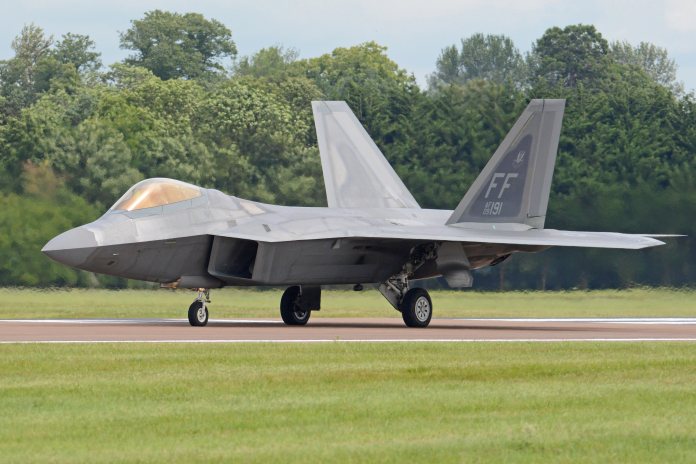
For all that exorbitant cost, you’ve got a system you can’t even fly, defense budget analyst Winslow T. Wheeler groused in an objection that remains valid today. The F-22 Raptor, long hailed as the ultimate air dominance asset, is a contradiction: unmatched in capability, yet shrouded in operational quirks and controversy.
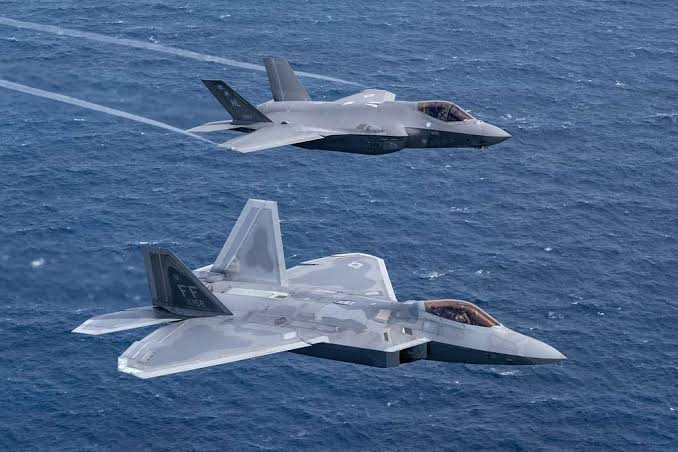
Commissioned to dominate the skies over Cold War adversaries who never materialized, the Raptor evolved into an engineering marvel with a price tag to rival. But behind its stealthy face and supercruise abilities are more low-key narratives some mystifying, some disturbing that the U.S. Air Force does not often emphasize. These realities reveal a fighter plane both revered and incendiary, a machine whose technology genius is counterbalanced by its operational idiosyncrasies. From cockpit blunders to oxygen system mysteries, the following are seven bombshells regarding the F-22 that diminish its invincible image.
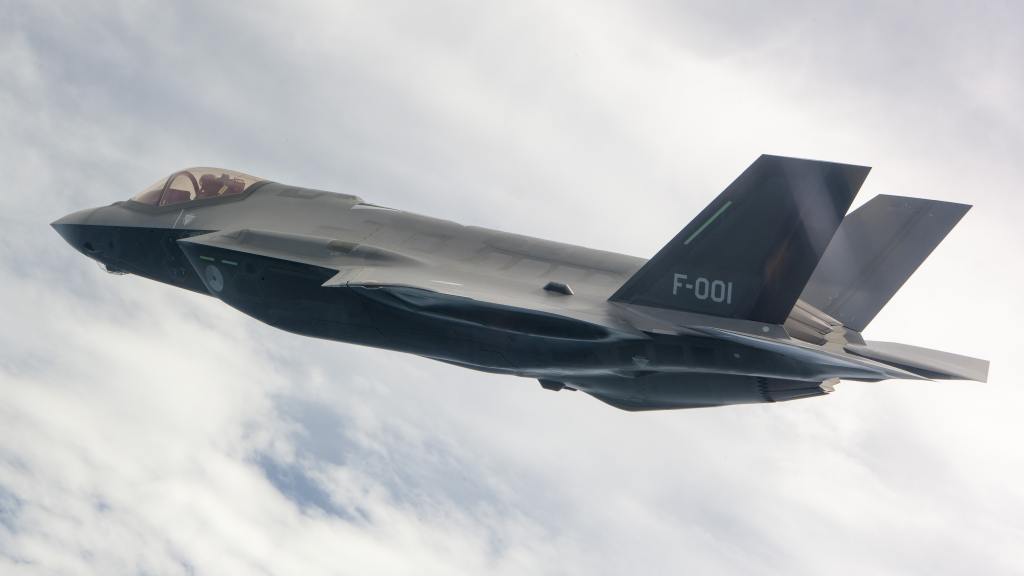
1. A Fighter Too Secret to Export
Unlike the F-35, which has been supplied to allied nations, the F-22 is banned under American law from being anything else but an American-only weapon. The ban is because it is feared that letting its stealth shaping, radar-absorbing materials, and cutting-edge avionics be made available to the world would threaten national security. This uniqueness has turned the Raptor into a technological icon of responsibility, but at the cost of limiting the economies of scale that could have cut its jaw-dropping price tag.
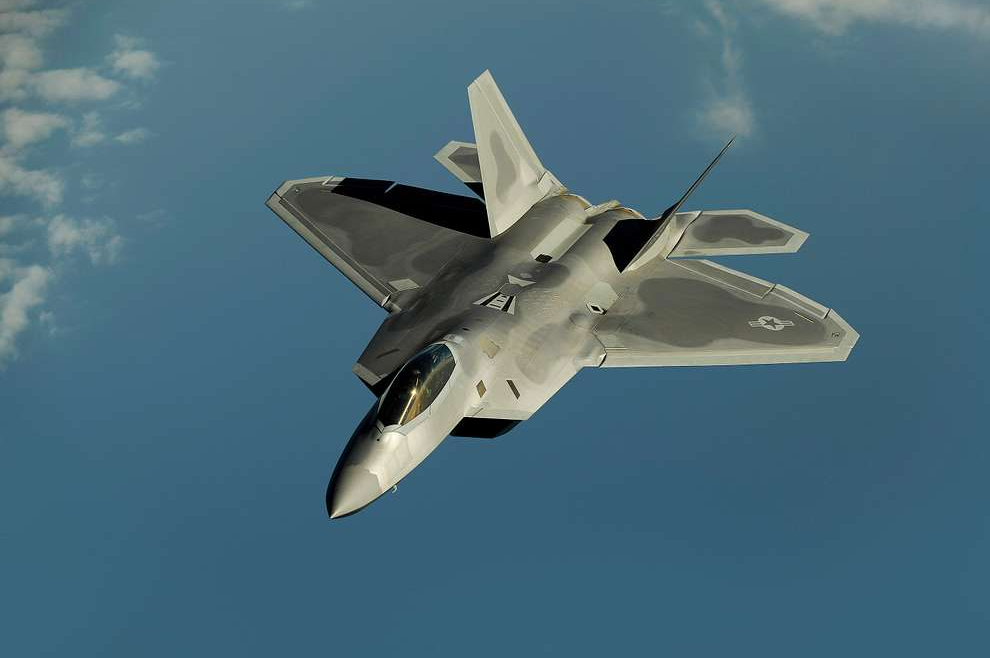
2. A Smaller Fleet Than Planned
The original plan was for hundreds more Raptors, but the program was canceled in 2011 with only 187 operational aircraft. Budget concerns, shifts in defense priorities, and the absence of peer competitors shortened the program. Each aircraft is now considered expendable only once, and losing even one is a gravely serious operational and budgetary setback for the Air Force.
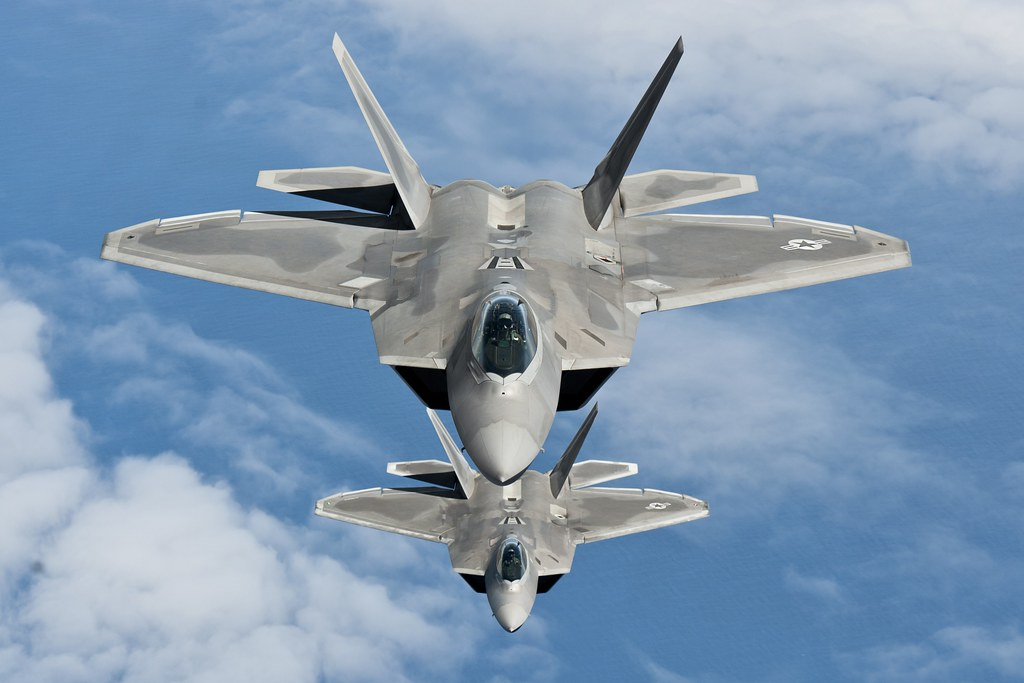
3. Titanium Toughness Without an Ever-Ready Pilot’s Bathtub
While the A-10 places its pilot singularly in a titanium ‘bathtub,’ the F-22 uses titanium differently. Around 40 percent of its airframe is made up of titanium, chosen for its high strength, heat resistance, and ability to withstand heavy maneuvering stress. It contributes to structure but contributes no particular armor to the pilot, showing the Raptor’s design focus on stealth and agility over direct protection.
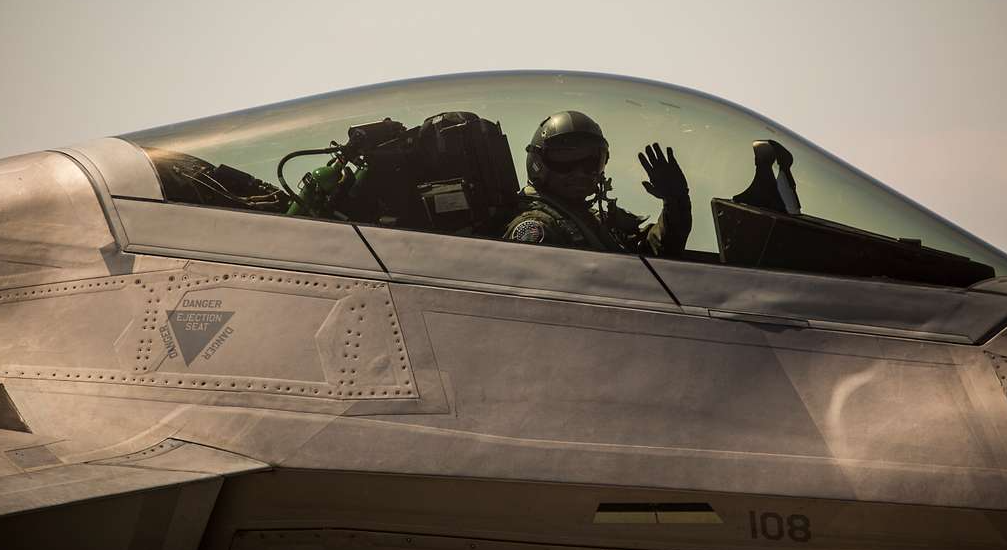
4. The Chainsaw Canopy Incident
In 2006, a faulty canopy trapped an F-22 pilot inside for hours. Ground crew had no alternative but to saw through the canopy with a chainsaw, causing over $180,000 worth of damage. The incident, though uncommon, resulted in prompt engineering solutions and temporarily grounded some aircraft. It is one of the most bizarre maintenance mishaps in recent fighter history.
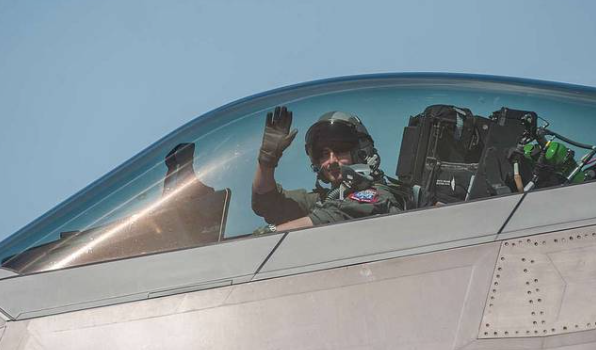
5. The Enigma of the ‘Raptor Cough’
From 2008 to 2012, more than two dozen F-22 pilots reported experiencing hypoxia-like symptoms giddiness, confusion, and fatigue while flying. On top of that, most caught a chronic cough called the “Raptor cough.” Investigations pointed to the On-Board Oxygen Generation System (OBOGS), which draws air from the engine and purifies it for breathing. A faulty valve in the high-pressure vest was later found to be unnecessarily inflating and choking breathing. The fix involved replacing the valve and the removal of a filter, but the incident exposed how even high-performance aircraft can become victims of uncomplicated life-support deficiencies.

6. Eye-Watering Costs by Any Measure
Depending on the method used to calculate its cost, every F-22 can cost anywhere from $137 million in flyaway cost to an eye-watering $678 million when including lifecycle costs. The overall cost of the program development, production, and operation is estimated at $74 billion. To put that in perspective, the F-35 has a lifecycle plus unit cost estimate of $469 million. Critics argue that the Raptor’s limited use in combat zones makes its price more and more difficult to justify, whereas its defenders claim its deterrent worth is worth more than gold.

7. Combat Record Built in Simulations
Since entering the inventory in 2005, the F-22 has seen limited use in real combat. Its fame as an intimidator comes instead from exercises like Red Flag, in which it has tallied up to 144 to zero simulated kill against advanced adversaries. These demonstrations exhibit its stealth, supercruise, and sensor fusion, making it at least a near-invincible dogfighter in simulations.
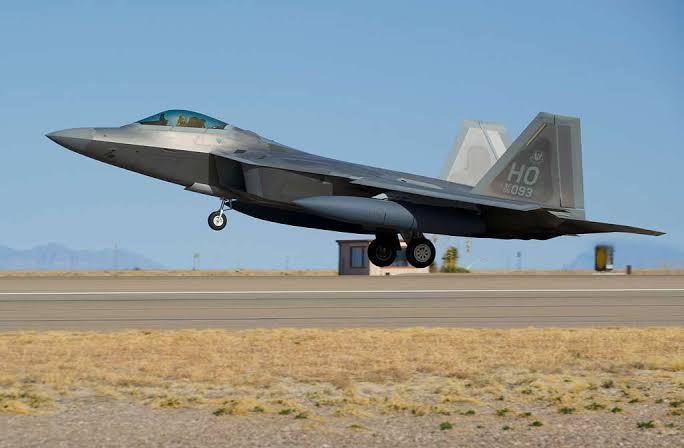
The F-22 Raptor is the embodiment of the glories and paradoxes of modern military aviation. It is a technological wonder, but one with cost constraints, complexity, and caution in use. To its enthusiasts and designers, its past is a testament that even the best gadgetry is shaped as much by politics, budgets, and unanticipated flaws as by the ingenuity of their design.
